Unless you are a monk in Mount Athos, or a Tibetan holy man, El Morocco rings a bell as one of the greatest gin joints there has ever been. Elmo’s, as it was known among the cognoscenti, had its heyday during the -Forties and Fifties, located on the Upper East Side of Manhattan near Third Avenue. Looking back — I first crossed its portals as an innocent 18-year-old — I see a luminous, vanished age of privilege and glamour, with a little Holly-wood stardust thrown in. But before I go on, a bit of nightclub background.
Choosing the best clubs that ever were is -obviously subjective. When I first got to Paris in 1956, Florence was the cat’s whiskers, as far as la nuit was concerned. Everyone talked about and met chez Florence, and then from one day to the next, no one did. L’Elephant Blanc became the rage and remained the rage for quite a while. Florence’s reputation was made when some disgruntled suitors beat up Freddy McEvoy, a playboy friend of Errol Flynn’s, in the club’s bathroom after Freddy refused to pay them their share for introducing Barbara Hutton to Count Raventlow, whom she subsequently married.
Although I don’t claim such august company, L’Elephant Blanc also got some publicity when yours truly fought the director Louis Malle after a remark I made to his dancing partner, Annemarie, the loveliest girl in Paris. Her fiancé, Guy de Rougemont, was serving in Algeria in 1958, so I told her she should not be dancing, especially with a leftie like Malle. A headline the next day used a play on words: ‘Ca Malle Fini’.
Afterwards, during the Sixties, came the one and only Jimmy’s, on the Boulevard Montparnasse. The creator of Jimmy’s was Regine, the self-styled queen of the night, who owned and operated the club as her private fiefdom. Françoise Sagan permanently sat on a left banquette as one entered, checking out the merchandise, as she later put it. Jimmy’s was more of a Parisian dive than a celluloid nightclub; it was dark, sweaty, with great music and a very crowded dance floor. In fact, quite perfect. If one was young, that is. People smoked non-stop and one’s clothes had to be sent to the cleaners for the tobacco smell alone immediately after leaving the place. Jimmy’s lasted a good ten years, with Rothschilds, exiled royalty (I once looked nervously at an elderly man who had spent an inordinate amount of time in the stall next to mine while peeing, and it was the Duke of Windsor), playboys like Porfirio Rubirosa, Argentine polo players and a funny man who looked like a pimp but was a tiny notch above: Pál Sarkozy, father of the president-to-be.
Jimmy’s became passé once the student revolt of 1968 drove out the rich South Americans and other chic expatriates. London, considered a backwater by those in the know, took over, with Mark Birley’s Annabel’s -setting the standard. Much has been written about Birley and his creation, most of it in superlatives, and rightly so, the only black mark against it being the present owner, one Richard Caring, retaining the name. The present Annabel’s and Caring are to Birley’s Annabel’s what an overcrowded refugee tub in Libya is to the Queen Mary. 5 Hertfort Street, with its impeccable staff, is now the club to go to and be seen at, and now I have come full circle.
The owner and boss of El Morocco, an elegant and sartorially magnificent Italian, John Perona, had the gift to recognize the psychic consequences of -inequality. Envy and rejection were what Elmo’s was all about. He invented Siberia, the far-to-the-right part of the great room where wannabes were seated. The rest of the room was reserved for the rich and famous, with some cubicles better than others. Winston Guest, an American aristocrat whose mother was a Phipps and father’s cousin a Churchill, rated the first table on the right of the entrance. So did Onassis and on down the scale. A-list regulars varied between New York society types, Greek ship-owners, Hollywood royalty and visiting -European aristocrats. The middle of the zebra-lined room was filled with gossip columnists, café society and young but attractively dressed people. Ivy Leaguers were also welcome, as long as they were escorting pretty young debs. Unaccompanied men were not admitted. Well, almost not. Perona held court at the Round Table, where unaccompanied men were invited to sit with the boss. The only man I ever saw sitting alone in the first booth reading a newspaper was Onassis, and when I asked Perona why that was, he answered: ‘Because Onassis is Onassis.’
Perona’s regulars at the Round Table were Prince Aly Khan, father of the present Aga Khan, my old man, Joe DiMaggio, and other close friends of his. Two orchestras rotated on the bandstand playing South American rhythms to Cole Porter tunes, with the dancing never interrupted by a break. This was the wealthy set partying; elegant men who were suavely and ruthlessly predatory, young playboys and their model girlfriends, and even some oldies with hardened eyes and sardonic smiles.
Humphrey Bogart was the only top star banned: for trying to enter with a giant doll as his date. Taking a swing at Angelo, the magnificent -maitre d’ whose son became deputy mayor of New York City, did not help. The blatant extravagance and arrogance which came with too much money was part of that crazy post-war era, but manners were always paramount. JFK and Jackie were regulars, as was yours truly, because Angelo and John Perona had taken a shine to me when I was 18. So famous was El Morocco that more than one millionaire had a zebra-lined room built into Park or Fifth Avenue apartments.
The place was a gossip columnist’s wet dream. And after midnight (the place shut down around 4 or 5 a.m.)certain favourites were admitted, including Walter Winchell, Leonard Lyons and Cholly Knickerbocker. Once there, they could closely observe the sugar daddy, the socialite, the film star, the buxom babe, the empty-headed dowager, the bumbling and the automobile tycoon, often befuddled by alcohol. Elmo’s was where I met Errol Flynn, in his cups, and Joan Collins, in her early twenties. And Linda Christian, the most beautiful and dangerous woman on earth, freshly divorced from Tyrone Power. And Cee Zee Guest, a Time magazine cover as the most beautiful woman in America, and wife of the aforementioned Winston, a ten-goal polo player.
For the 15 years that I frequented Elmo’s almost nightly, I saw the top-hat-and-tails crowd go with the wind, corseted dowagers dripping with jewellery and wimpy men in Brooks Brothers suits ditto, and finally, after its doors closed, the drugs, loud music, ripped jeans and coarse behavior becoming the order of the night.
Perona was the anti-Jean Jacque Rousseau, up with the elite, down with the common man. JJ Rousseau won out in the end. But there will never be another Elmo’s.
The post The King of Clubs appeared first on The Spectator.
Got something to add? Join the discussion and comment below.
Get 10 issues for just $10
Subscribe to The Spectator Australia today for the next 10 magazine issues, plus full online access, for just $10.
You might disagree with half of it, but you’ll enjoy reading all of it. Try your first month for free, then just $2 a week for the remainder of your first year.


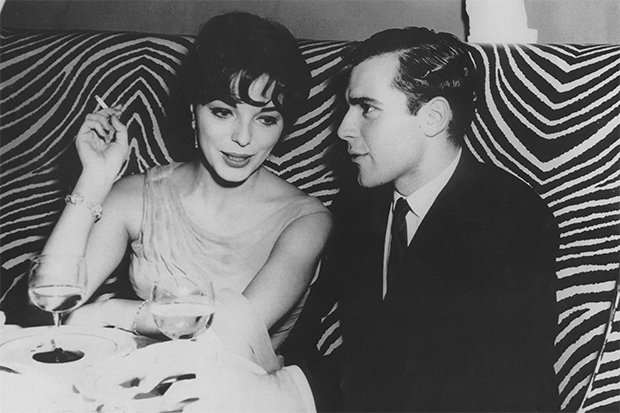

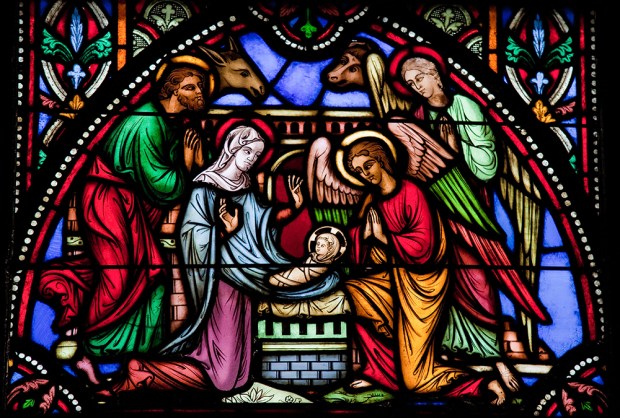
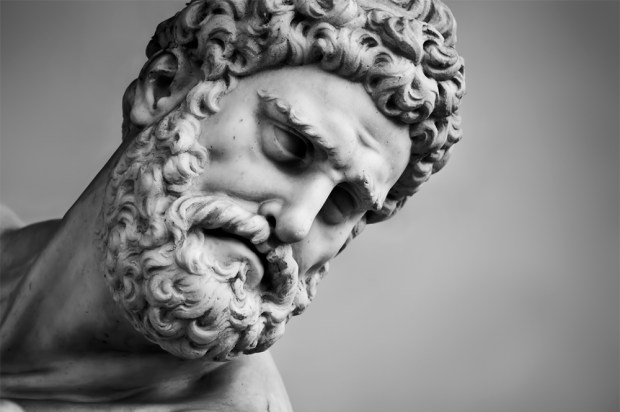

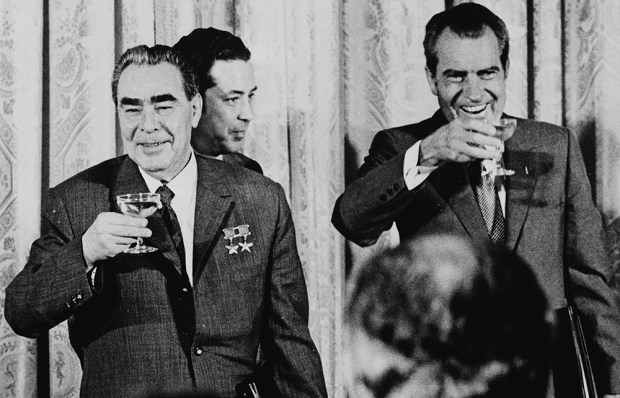
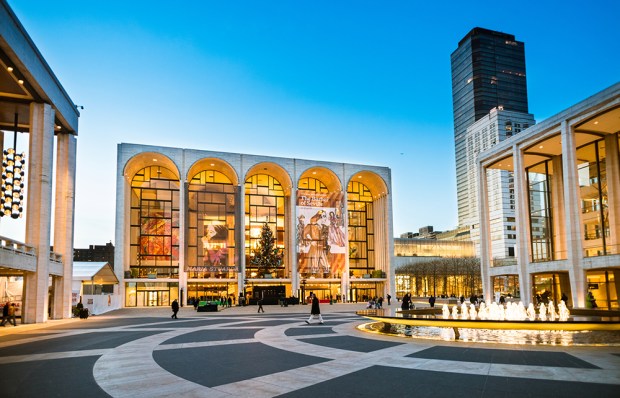






Comments
Don't miss out
Join the conversation with other Spectator Australia readers. Subscribe to leave a comment.
SUBSCRIBEAlready a subscriber? Log in